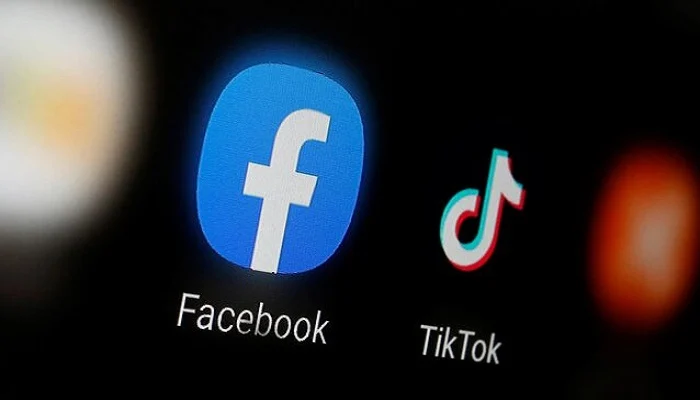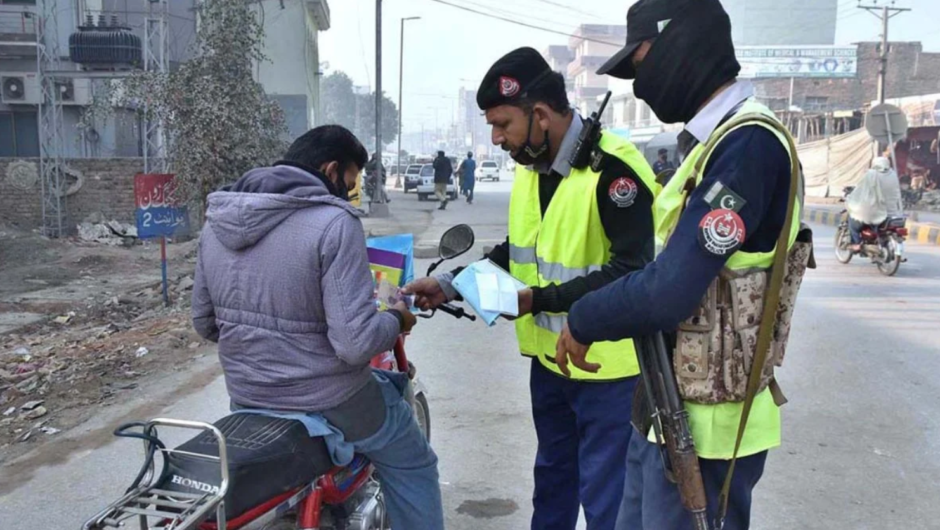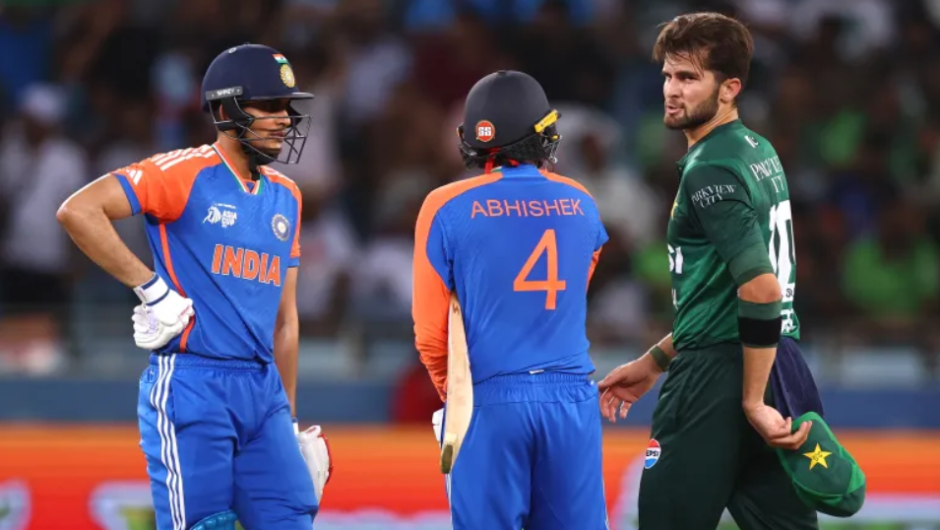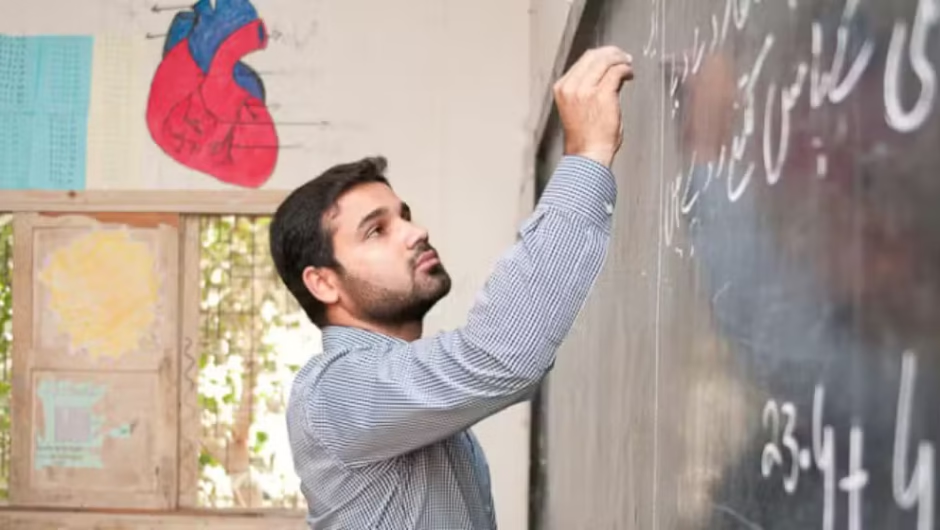In times of geopolitical conflict, such as the ongoing tensions between Pakistan and India, the spread of misinformation becomes a significant concern. Fake news thrives in emotionally charged environments, exploiting public sentiment, fear, and uncertainty. As citizens consume and share information rapidly through social media and digital platforms, distinguishing between authentic news and fabricated narratives becomes not only important but essential for responsible civic behavior.
Here’s a comprehensive guide on how to spot fake news, especially in the context of Pakistan-India tensions.
1. Check the Source
Always start by checking where the information originated. Credible news sources usually have a reputation for accuracy and accountability. Look for established media organizations such as Dawn, The Hindu, BBC, Al Jazeera, or Reuters. Be cautious with information from unknown websites, newly created social media pages, or unverified YouTube channels.
Fake news often comes from websites that mimic real news outlets by using similar fonts, layouts, or slightly altered domain names (e.g., “bbc.co.news” instead of “bbc.com”).
2. Beware of Emotional Headlines
Headlines designed to provoke anger, fear, or excessive pride often indicate fake or misleading content. In Pakistan-India narratives, such headlines might claim exaggerated military victories, fabricated enemy losses, or sensational threats. While real news can also be emotionally impactful, it typically maintains a tone of professionalism and provides evidence or attribution.
Ask yourself: Is the headline making me feel outraged or overly patriotic without offering specifics?
3. Look for Evidence and Attribution
Legitimate news stories cite sources, experts, or official statements. If a post or article presents major claims — such as missile strikes, downed aircraft, or international condemnations — it should include verifiable names, photos, or quotes.
Be skeptical of content that says “according to sources” without specifying who they are or where the information comes from. In conflict scenarios, both sides may circulate unverified footage or quotes to shape public opinion.
4. Verify Images and Videos
During high-tension periods, images and videos can be powerful tools of misinformation. Often, old photos or videos from unrelated events are repurposed to fit a current narrative. You can use tools like Google Reverse Image Search or TinEye to check where an image first appeared.
For videos, look for inconsistencies in uniforms, vehicles, or weather conditions that don’t match the claimed location or date.
5. Cross-Check with Multiple Sources
Before believing or sharing a piece of news, see if it’s reported by multiple reputable outlets. A genuine event, especially one as significant as a military strike or international response, will likely be covered by more than one credible news organization.
If only one obscure website is reporting it, and major media houses are silent, it’s a red flag.
6. Watch for Official Denials or Confirmations
Governments often issue official statements during crises. In the case of Pakistan-India tensions, updates are frequently provided by organizations like Pakistan’s ISPR (Inter-Services Public Relations) or India’s Ministry of External Affairs. Follow these sources directly on verified social media platforms or their official websites for confirmation.
However, even official statements should be weighed alongside independent reports, especially in wartime when propaganda may be at play.
7. Beware of Deepfakes and AI-Generated Content
With the rise of artificial intelligence, it’s increasingly easy to fabricate video or audio content that appears real. If a video shows a political leader making shocking statements or a dramatic scene of destruction, verify it through trusted news outlets before accepting it as truth.
Check for odd movements, unnatural speech patterns, or digital artifacts that may indicate manipulation.
Conclusion
In a digital age where information moves faster than facts can be verified, every user plays a role in either curbing or fueling the spread of misinformation. During Pakistan-India tensions — or any major conflict — it’s crucial to engage critically with media, ask questions, and verify before sharing.
By practicing media literacy and promoting fact-based discourse, citizens can resist the divisive impact of fake news and contribute to a more informed, resilient society.
Topics #featured #Pakistan #trending pakistan




